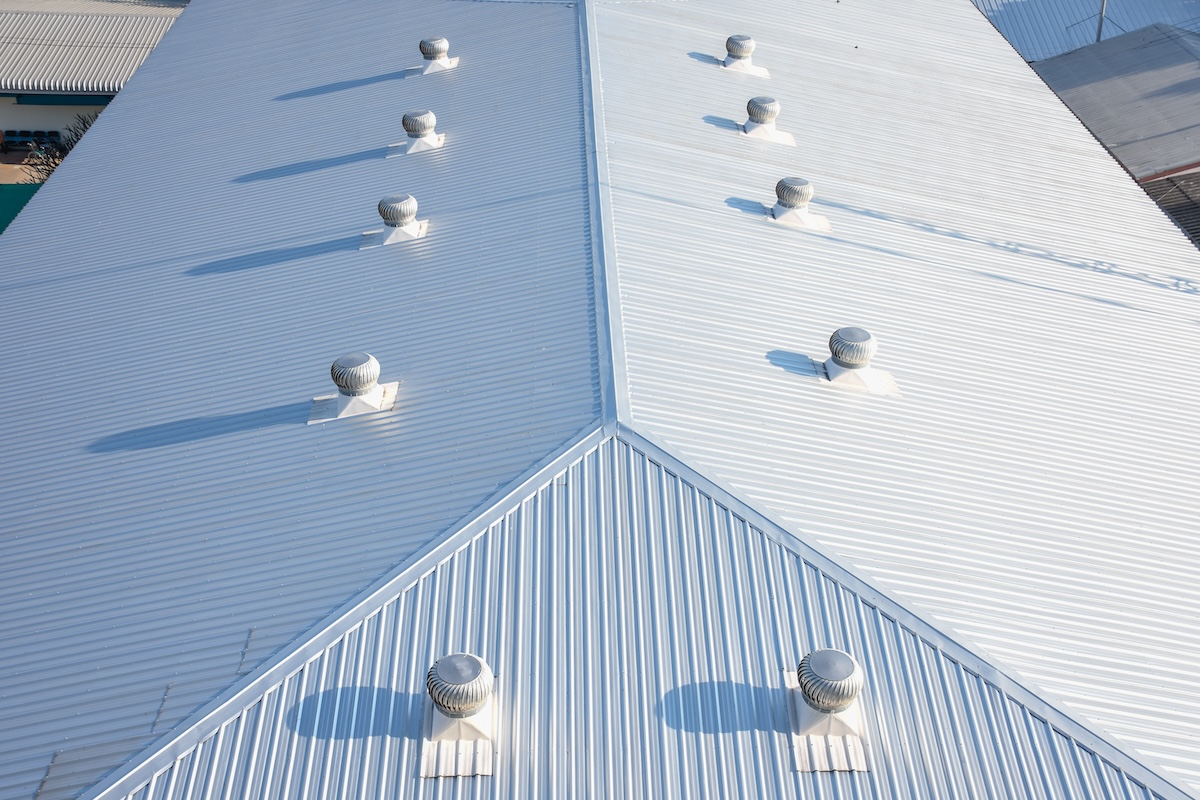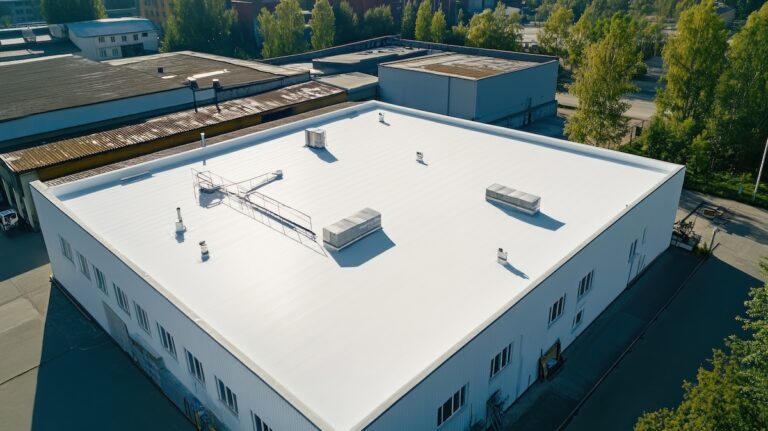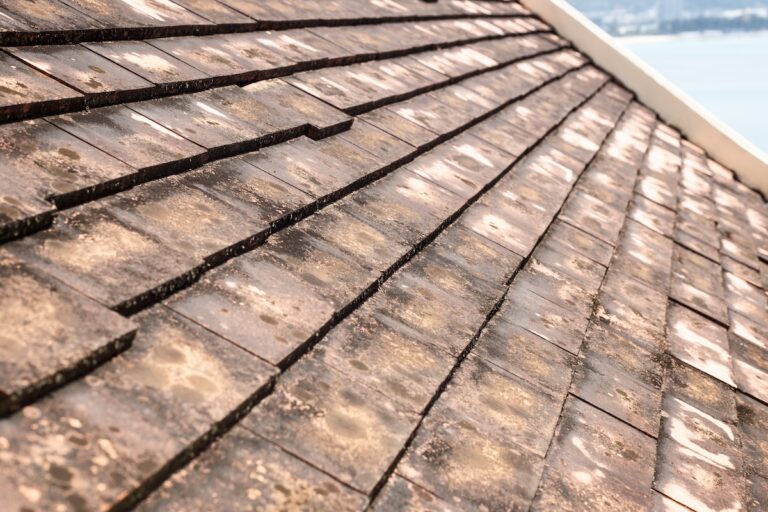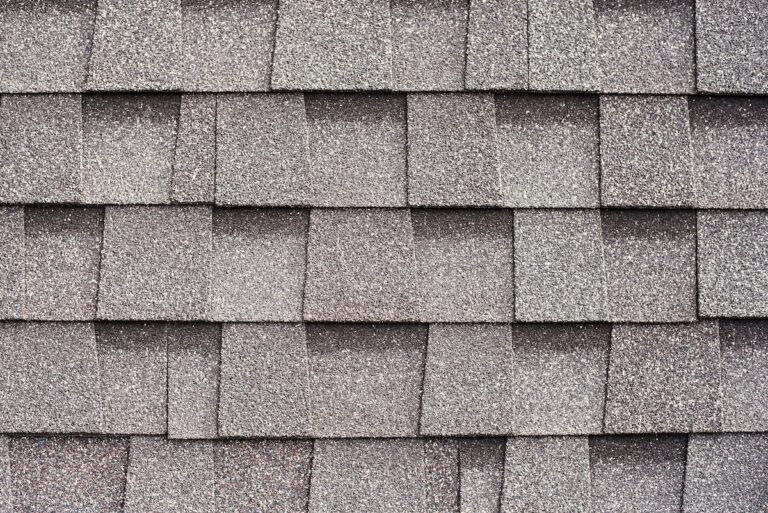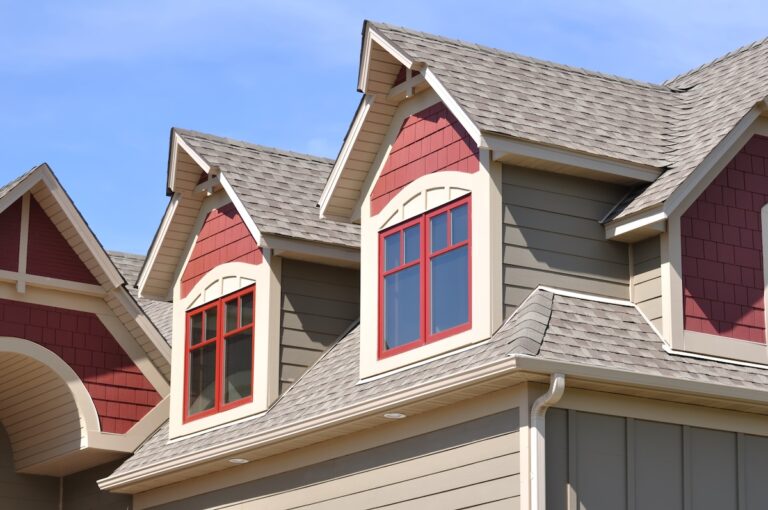Low slope roofing, commonly associated with commercial buildings, has become a staple in modern architecture. Its sleek look, cost-effectiveness, and practicality make it a popular choice for businesses and homeowners alike. At G. Cannon Roofing, we understand the importance of choosing the right roofing system for your structure, and we’re here to help you make informed decisions.
Whether you’re installing a roof for a new building or replacing an existing one, this guide explores everything you need to know about low slope roofing. We’ll cover:
- What it is
- Its advantages
- Common materials
- Maintenance tips
- Answers to frequently asked questions
What is Low Slope Roofing?
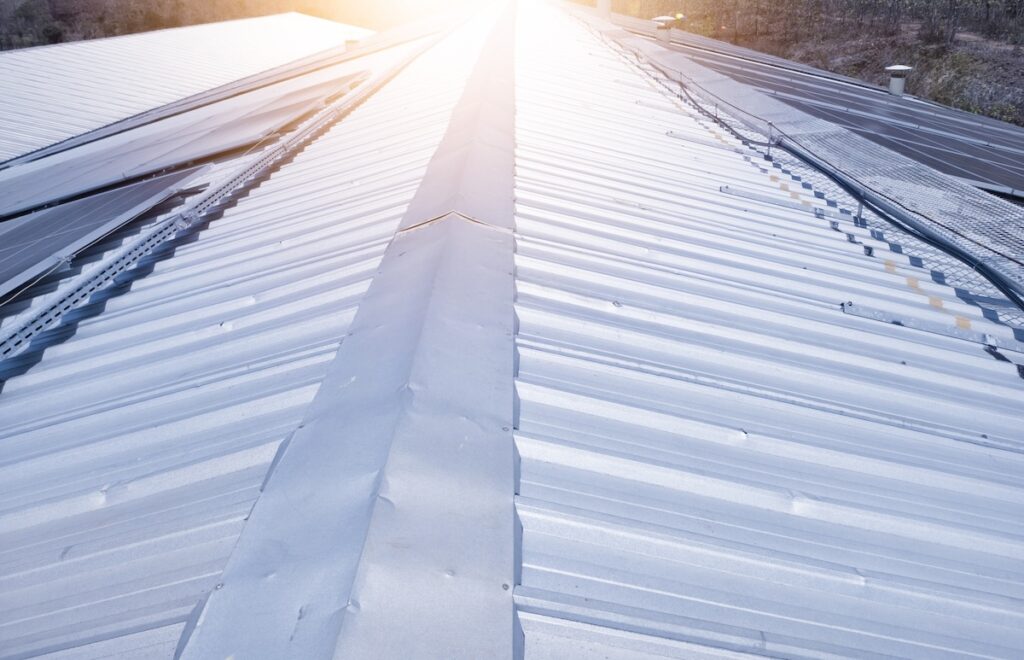
Low slope roofing refers to roofs with a slope of less than 3 inches of rise per 12 inches of horizontal run (3/12). While they are not completely flat, they have a minimal incline to ensure proper drainage. These roofs are commonly found on commercial buildings but are also used for residential structures such as garages, extensions, or modern-style homes.
Due to their unique design, low slope roofs require specialized materials and installation techniques to prevent water pooling and leaks. If you manage a business property, our commercial roofing contractors can help you determine if this roofing type is right for your facility.
Why Choose Low Slope Roofing?
Low slope roofing offers numerous benefits for building owners. Here are some reasons why they’re a top choice:
- Cost-Effectiveness: Low slope roofs are more affordable to install than steep-sloped options. They require fewer materials and less labor, leading to lower upfront costs. Additionally, the large flat surface allows for efficient use of space and easier access for repairs or routine maintenance.
- Energy Efficiency: Modern low slope roofing systems can be designed to improve energy efficiency. For example, reflective roof coatings or membrane materials can reduce heat absorption, keeping your building cool in the summer and lowering energy bills.
- Sleek and Modern Aesthetic: For those looking to achieve a modern, minimalist appearance, low slope roofing can fit the bill perfectly. This style is especially popular in contemporary architecture.
- Multifunctionality: The flat surface of a low slope roof offers the unique opportunity to utilize your roof space. It can be transformed into an eco-friendly green roof, a solar panel installation site, or even an outdoor recreational area, depending on zoning regulations.
- Ease of Maintenance: The accessibility of low slope roofs makes it easier for roofers to inspect, clean, and conduct repairs. It’s far simpler and safer to work on a low slope than on a steeply pitched roof.
4 Common Low Slope Roofing Materials
Selecting the right material for your low slope roof is crucial to its longevity, weather resistance, and overall performance. Below are the most common low slope roofing materials available:
1. Built-Up Roofing (BUR)
Built-up roofing, also known as “tar and gravel” roofing, is one of the oldest and most reliable low slope roofing systems. It consists of alternating layers of bitumen (asphalt or tar) and reinforcing fabrics, finished with a layer of gravel or mineral-coated granules.
✅ Pros of BUR:
- Proven track record of durability
- Excellent protection against water and UV damage
- Provides insulation and soundproofing
❌ Cons of BUR:
- Heavier than other roofing options
- Requires more time and skilled labor to install
2. Modified Bitumen Roofing
Modified bitumen is an evolution of BUR that incorporates rubber or plastic polymers into the asphalt. It can be applied via torch-down, hot-mopping, or adhesive-based methods.
✅ Pros of Modified Bitumen:
- Flexible and less prone to cracking
- Strong waterproofing capabilities
- Easy to install in smaller sections
❌ Cons of Modified Bitumen:
- Requires professional installation
- Vulnerable to punctures without a protective top layer
3. Single-Ply Membrane Roofing
Single-ply membranes, such as EPDM (ethylene propylene diene monomer), TPO (thermoplastic olefin), and PVC (polyvinyl chloride), are lightweight, versatile roofing solutions. These materials consist of a flexible sheet that is rolled out and adhered to the roof. If you’re considering this option, check out our detailed TPO roofing installation guide to understand how proper setup impacts durability and energy performance.
✅ Pros of Single-Ply Membranes:
- Lightweight yet durable
- UV-resistant and energy-efficient (particularly white TPO and PVC membranes)
- Minimal maintenance required
❌ Cons of Single-Ply Membranes:
- Susceptible to punctures
- Seams may need repairs over time
4. Metal Roofing
Metal roofing systems have gained popularity for their longevity and sleek appearance. Suitable for low slope roofs, metal panels or sheets are installed with seams to prevent water penetration.
✅ Pros of Metal Roofing:
- Long lifespan (can exceed 50 years with proper care)
- Resistant to fire, pests, and extreme weather
- Can be recycled at the end of its life cycle
❌ Cons of Metal Roofing:
- Higher initial cost compared to other materials
- Noisy during rain or hail unless additional insulation is installed
Tips for Maintaining Low Slope Roofs

Proper maintenance is key to keeping your low slope roof in excellent condition and preventing costly repairs. Here are a few tips to keep in mind:
- Inspect Regularly: Schedule an inspection at least twice a year and after significant weather events to check for damage or debris.
- Clean Drains and Gutters: Low slope roofs are susceptible to drainage issues, so it’s essential to ensure all gutters and downspouts are clear of leaves and debris.
- Address Ponding Water Immediately: If you notice water pooling on your roof, consult a roofing professional to evaluate the drainage system and make necessary adjustments.
- Repair Damage Quickly: Small issues like cracks, leaks, or punctures can escalate quickly. Prompt repairs are essential to avoid expensive damage.
- Use Professional Services: Hiring experienced roofers, like G. Cannon Roofing, ensures that inspections, repairs, and replacements are done with expert care.
Learn more about effective flat roof drainage solutions to prevent ponding water and extend your roof’s lifespan.
Is Low Slope Roofing Right for You?
Low slope roofing can be a great option, but it may not suit every building or climate. Here’s a quick comparison to help you determine whether it’s the right choice for your property:
Ideal Situations for Low Slope Roofing:
- Commercial or industrial buildings
- Modern residential designs
- Buildings in moderate climates with minimal risk of heavy snow accumulation
Challenges of Low Slope Roofing:
- Not suitable for areas with frequent heavy snowfall (due to potential ponding water or ice dams)
- Requires regular inspections and maintenance to prevent drainage issues
Why Choose G. Cannon Roofing for Your Low Slope Roofing Needs?
At G. Cannon Roofing, we specialize in providing tailored roofing solutions that meet the unique needs of your building and budget. Here’s why we’re the preferred choice for low slope roofing projects:
- Expertise: With years of experience, we’ve worked on countless roofing systems, ensuring quality workmanship and reliability.
- High-Quality Materials: We source only the best materials to ensure your roof performs well for years to come.
- Customer-Centric Service: Your satisfaction is at the heart of what we do, and our team is dedicated to delivering exceptional service every step of the way.
- Free Estimates: Not sure where to start? Get in touch with us for a free consultation, where we’ll assess your needs and provide a tailored solution.
Our roofing services are trusted by local businesses for our commitment to quality and customer satisfaction.
Low Slope Roofing Experts
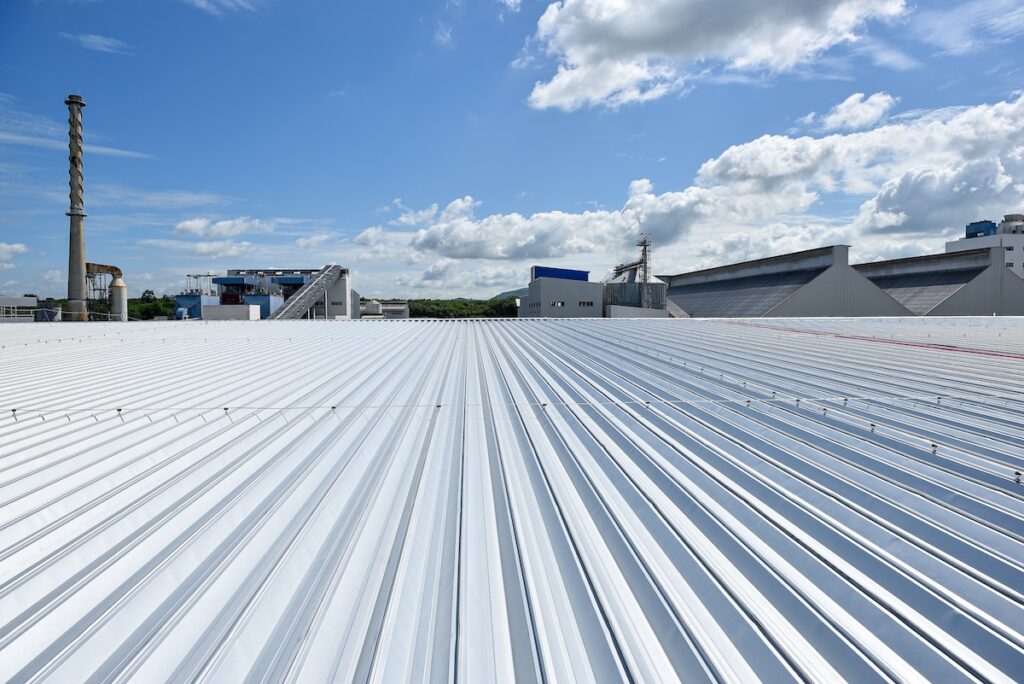
Low slope roofing is a versatile and cost-effective solution for businesses and modern homes. With various materials and designs available, it’s important to choose a system that aligns with your needs and budget. At G. Cannon Roofing, we’re here to guide you through every step of the process, ensuring a seamless experience and a roof that stands the test of time.
If you’re considering low slope roofing for your property, reach out to G. Cannon Roofing today for a free consultation. Let us help you protect your investment and enhance the functionality of your building with a roofing solution tailored just for you!
